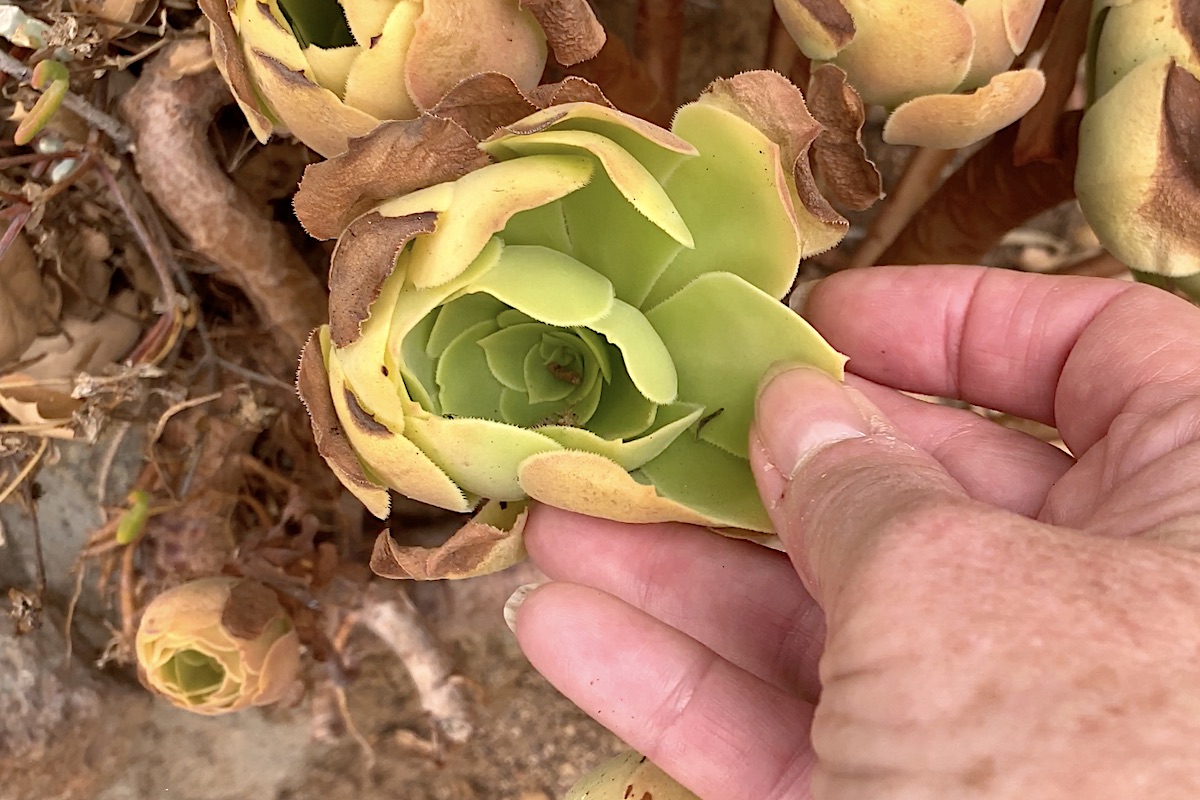
Post-Summer Succulent Concerns
Following a brutal, early-September heat wave, I tackled common, post-summer succulent concerns. See them in my new video: Post-Summer Care for Succulents (6:49).
 Video: Post-Summer Care for Succulents
Video: Post-Summer Care for Succulents
It's a candid, warts-and-all, behind-the-scenes, damage-control assessment. You may notice that my garden is not quite the Eden I showed you six months ago in Debra Lee Baldwin's Idea-Filled Succulent Garden (15:00).
Yet as sad as many of my succulents look (perhaps yours do too), I have good news: These are resilient plants. Follow my simple suggestions and---if still breathing---your succulents will likely bounce back.
Diagnose and fix post-summer succulent concerns
Numbers in parenthesis indicate where these topics appear in the video.
Scorched tips (0:52). The method I demonstrate for pruning Agave attenuata works for winter frost-burn, too: Use long-bladed scissors and prune to a point that follows the shape of the leaves.
Sunburn (1:32 and 4:59). I show you preemptive measures (like covering the plants with non-woven fabric), but once the damage is done, there's not much you can do except trim.
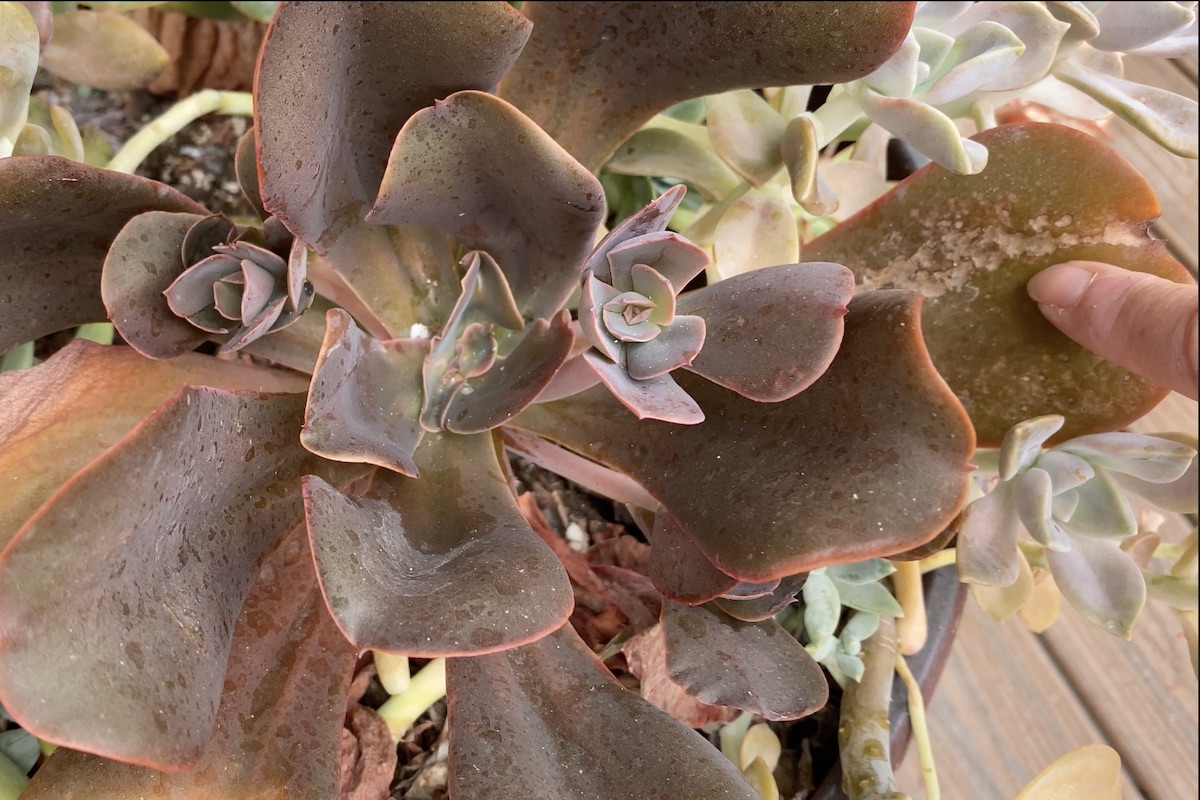
Echeveria with edema, mealy bugs
Echeveria edema (1:46). Shading my echeverias during the heat of the day helped most of them, but unfortunately not all.
Spiders. True, their webs can be a nuisance and add white lines to photos. But for those plants prone to mealy bugs and other pests, a spider can be a great help. I even move spiders to plants that need them! (Using a stick.)
Mealy bugs (2:05). Once these lint-like pests infest echeverias (check the centers of rosettes) they're beyond the help of natural controls. Spray them with alcohol.
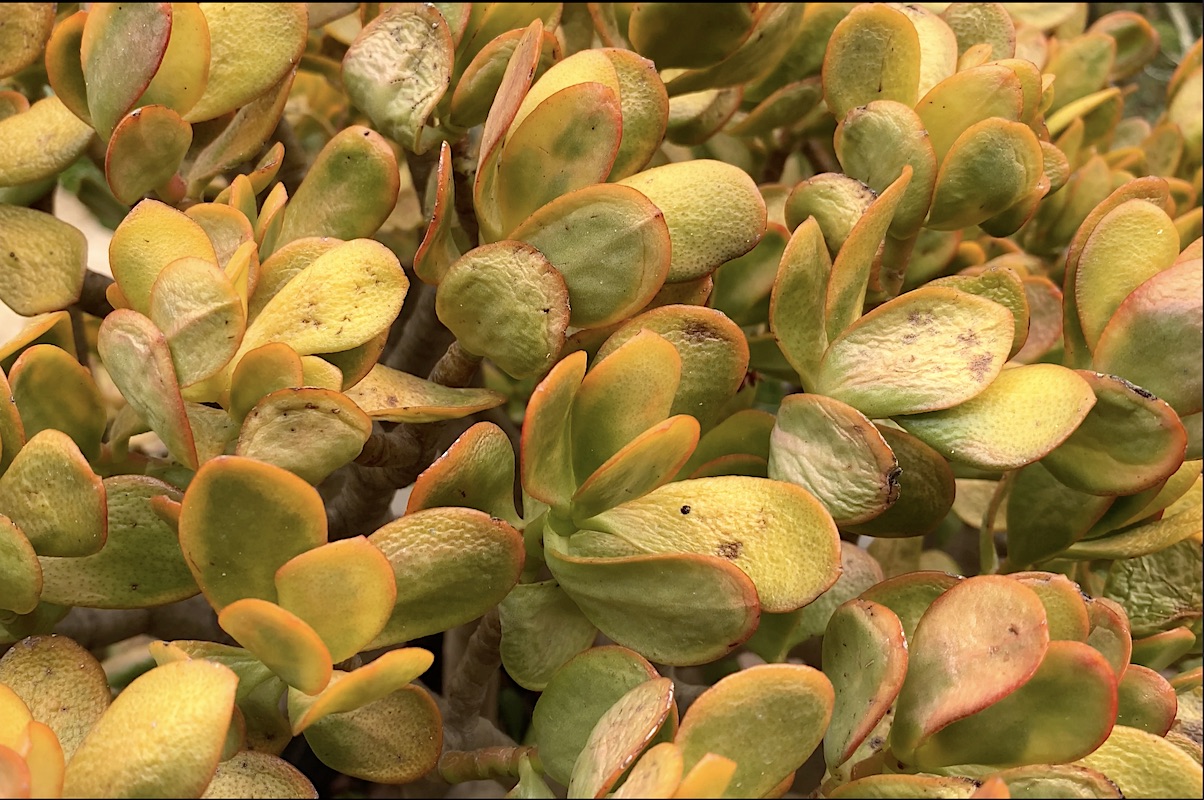
Sunset jade with shriveled leaves
Shriveled leaves (2:49). Succulents naturally draw on stored moisture to survive dry spells. No worries, leaves will plump when it rains.
Yellow stems and burned patches (3:08). These can be serious, but it depends. For example, my dragon-fruit cactus surprised me.
New plants, wrong location (3:18). Looks like I need to redo (and rename) my "mangave terrace." It's way too sunny.
Dead-looking aeoniums (4:31). It's tempting to yank them, but wait! Take a closer look. They may merely be asleep.
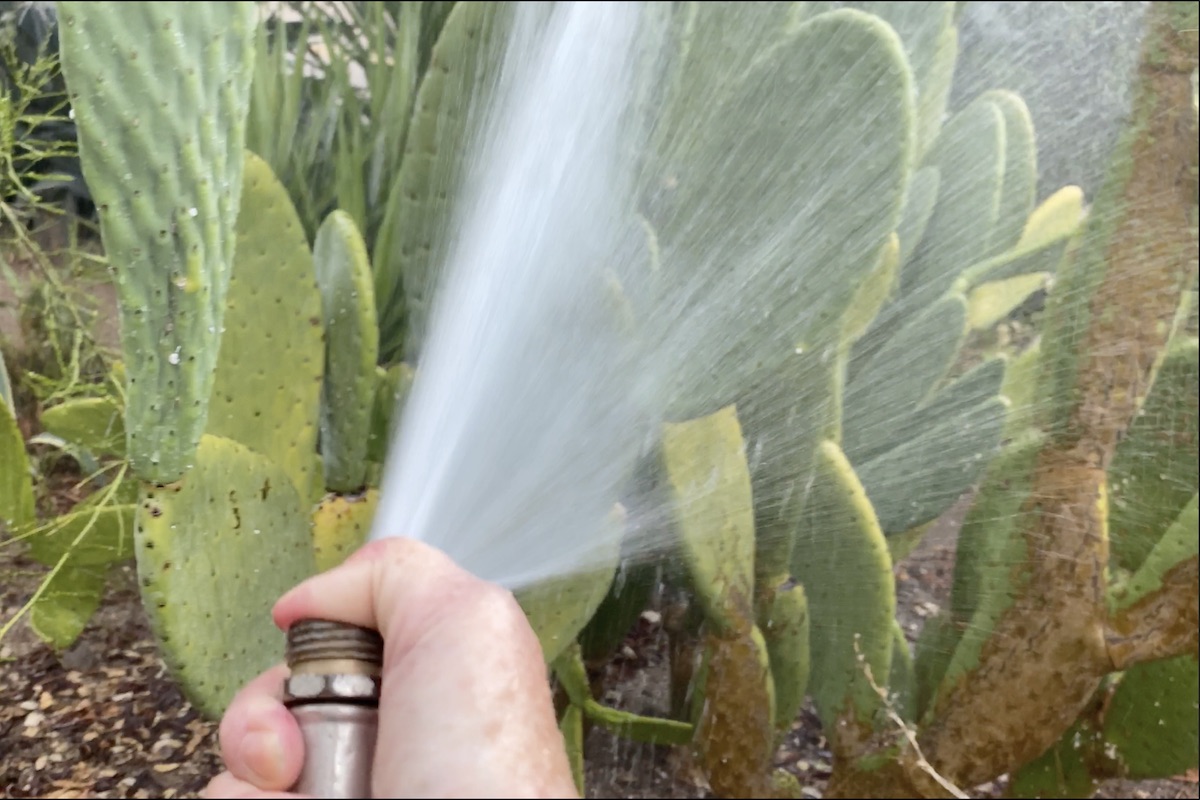
Hose-watering opuntia
Keeled-over paddle cactus (5:29). Oops. Guess it needed more hydraulic pressure (i.e. water).
Cochineal scale (6:16). Another sneaky pest! I take a two-for-one approach: While hand-watering my opuntia, I blast off the bugs.
Cochineal Scale on Paddle Cactus, What To Do
White fuzzy lumps on paddle cactus are cochineal (coach-en-ee-al) scale, a parasite that pierces the plant’s skin and consumes its juices. It’s used to make carmine dye.
Late Summer Succulent Care
These late-summer care essentials for succulents come from my own experience with growing hundreds of varieties for decades in my inland Southern CA garden. Excessive heat and sun can do as much damage as midwinter frosts. Here’s what I do routinely every year.
No-Water Succulents for Southern California Gardens
Above: I based one of my most popular videos on the agave section of my bestselling book, Designing with Succulents. Both explain what you need to know to select and grow agaves successfully, and both show those best for gardens, close-up and in-ground. Some agaves are hardy to 15 degrees or less! And when small,…
Succulent Pests and Problems Q&A Forum
Are pests or mysterious maladies causing problems with your succulents? This page is a forum for you to ask questions, leave comments and share what works for you. Others can see and benefit from the answers. Your own tried-and-true solutions are welcome, too!

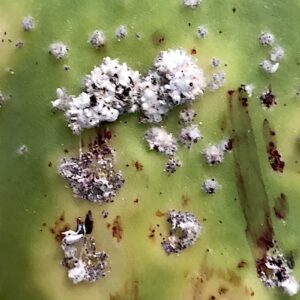
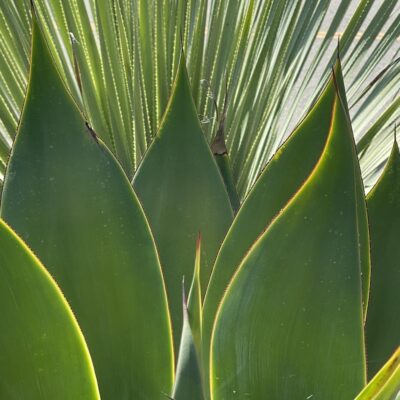

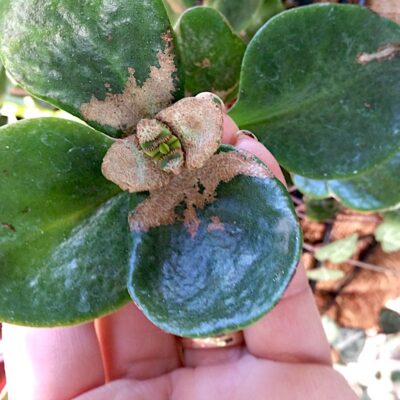
I have many aloe vera I have propagated in pots since the 90s. They have taken our harsh Phoenix summer very hard and I lost several. I’m not sure if I overwatered or if our routine 115° heat overwhelmed them. I would love some advice or a Phoenix-area referral. Thanks. Sally
So sorry to hear about your plants. I suspect both: You overwatered them AND your 115-degree heat overwhelmed them. I had the same thing happen with my Echeveria agavoides.
For an informed perspective, do check with members of your local chapter of the Cactus & Succulent Society of America. This nonprofit group is worldwide and dedicated to disseminating information. Members in your area likely have advice you’ll find helpful.
Hi, so I have a question. My hillside as been home to numerous agave pants, the two toned yellow and light green ones, for a number of years. This summer all of them, probably 30 some plants, were invaded by the agave long-nosed black beetle. Along with the beetle and the white larva all my plants were destroyed within a short time. I have dug or pulled all them out and dispose of them. Because it is so hard to dig holes on my hillside, hard dirt and rocks, is there anything I can treat the existing holes with so I can plant some other type of succulents on their place without running into the same problem again?
I do have some totally green agaves still holding their own without being wiped out. Don’t think the beetle likes them as much as the dual color yellow and light green ones. Any help would be greatly appreciated.
Thank you .
Hi Don — Snout weevils don’t seem to bother anything but agaves and related genera (Beaucarnea, Mangave, Yucca, Dasylirion). I’ve heard that there’s a similar beetle (possibly the same one) that goes after cactus, but I’ve yet to see an affected plant. Note that all these are succulents from the Americas. The beetle and its host plants have co-existed for ages. It’s only now that so many agaves are used in residential gardens that it’s spread to populated areas. But I digress. If you install succulents from Africa, they should be fine, providing all other conditions are met that help such plants thrive.